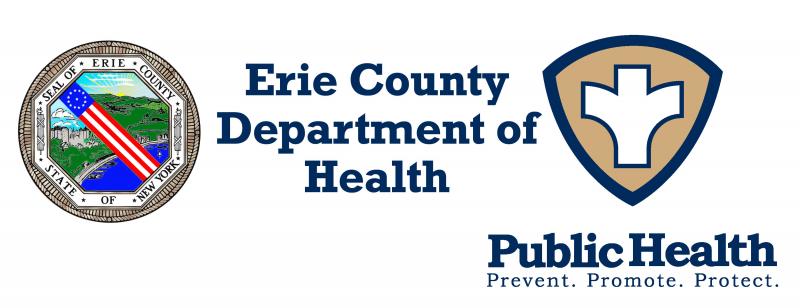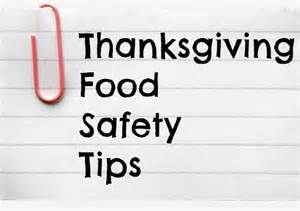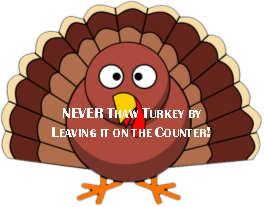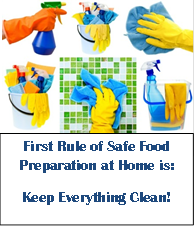Modified: November 13, 2017 3:38pm
Latest News

PRESS RELEASE
From the Office of the Commissioner of Health, Dr. Gale R. Burstein
Date November 13, 2017
CONTACT: Mary C. St. Mary/Mary.StMary@Erie.Gov
Phone: 716.858.4941/ Mobile: 716.253.3925
Safety Reminders for Holiday Food Preparation
Don’t be a Turkey when it comes to Food Safety!
ERIE COUNTY, NY— As planning for the Thanksgiving meal accelerates, it is time to take a moment to review the safest methods to thaw, prepare, stuff, and cook your turkey.
“The first rule to follow is that it is essential to thaw turkeys at a safe temperature. Foodborne bacteria multiply rapidly between 40°F and 140°F. A frozen turkey may be safe indefinitely, but as soon as it begins to thaw, bacteria that may have been present before its freezing can begin to grow again.” states Dr. Gale Burstein, Erie County Commissioner of Health. “Thaw turkeys safely in one of three ways: in a refrigerator, in cold water that is changed every 30 minutes, or in a microwave oven.”
Proper preparation demands cleanliness at all stages. Bacteria on raw poultry can contaminate hands, utensils, other foods and work surfaces during holiday dinner preparation. If work areas are not cleaned thoroughly after preparing the turkey and before working with other foods, bacteria from raw poultry can contaminate other foods. Poultry may contain harmful bacteria such as Salmonella, Listeria, and Campylobacter that can cause infectious diarrhea and more serious complications. “After working with any raw poultry, always wash your hands, utensils, and work surfaces thoroughly before touching other foods.” continues Dr. Burstein.
Set the oven cooking temperature no lower than 325°F. Once the turkey is ready for the oven, it is essential that the turkey reaches an internal minimum temperature of 165°F. Stuffing inside a turkey should also be cooked to at least 165°F. As is always true, ensure safety of all foods by keeping the hot foods hot and the cold foods cold.
The best part of a holiday meal is often leftovers! One of the biggest food safety mistakes is leaving food out at room temperature. To keep them safe, refrigerate leftovers within 2 hours of preparation. Food that sits out for more than 2 hours in the “danger zone”, which is above 40°F and below 140°F, risks the growth of bacteria. Store leftovers in 2-inch deep, shallow containers for efficient cooling. Make sure the refrigerator is not over-packed, so that there is plenty of room for cold air to circulate.
Reheating a plate of food in the microwave for a few minutes may seem safe enough. When reheating leftovers, ensure they reach a temperature of 165°F, using a thermometer to ensure all food on the plate is reheated sufficiently to kill any bacteria. Since microwaves heat in an uneven manner and vary in power levels, let reheated and covered food sit covered for 1-2 minutes to allow the heat to further penetrate the food and destroy bacteria that may have been present.
For detailed instructions and additional advice on safely preparing holiday meals, there are numerous informative websites on the internet as well as turkey manufacturers’ toll-free numbers.
For more information
Erie County Department of Health – Food Safety & Security
Centers for Disease Control and Prevention - It's Turkey Time: Safely Prepare Your Holiday Meal
U.S. Department of Health & Human Services – Turkey Basics at FoodSafety.gov
Western New York Frozen & Refrigerated Food Association – Food Preparation Tips
# # #

